Double Book Review: Brené Brown at Work and Home
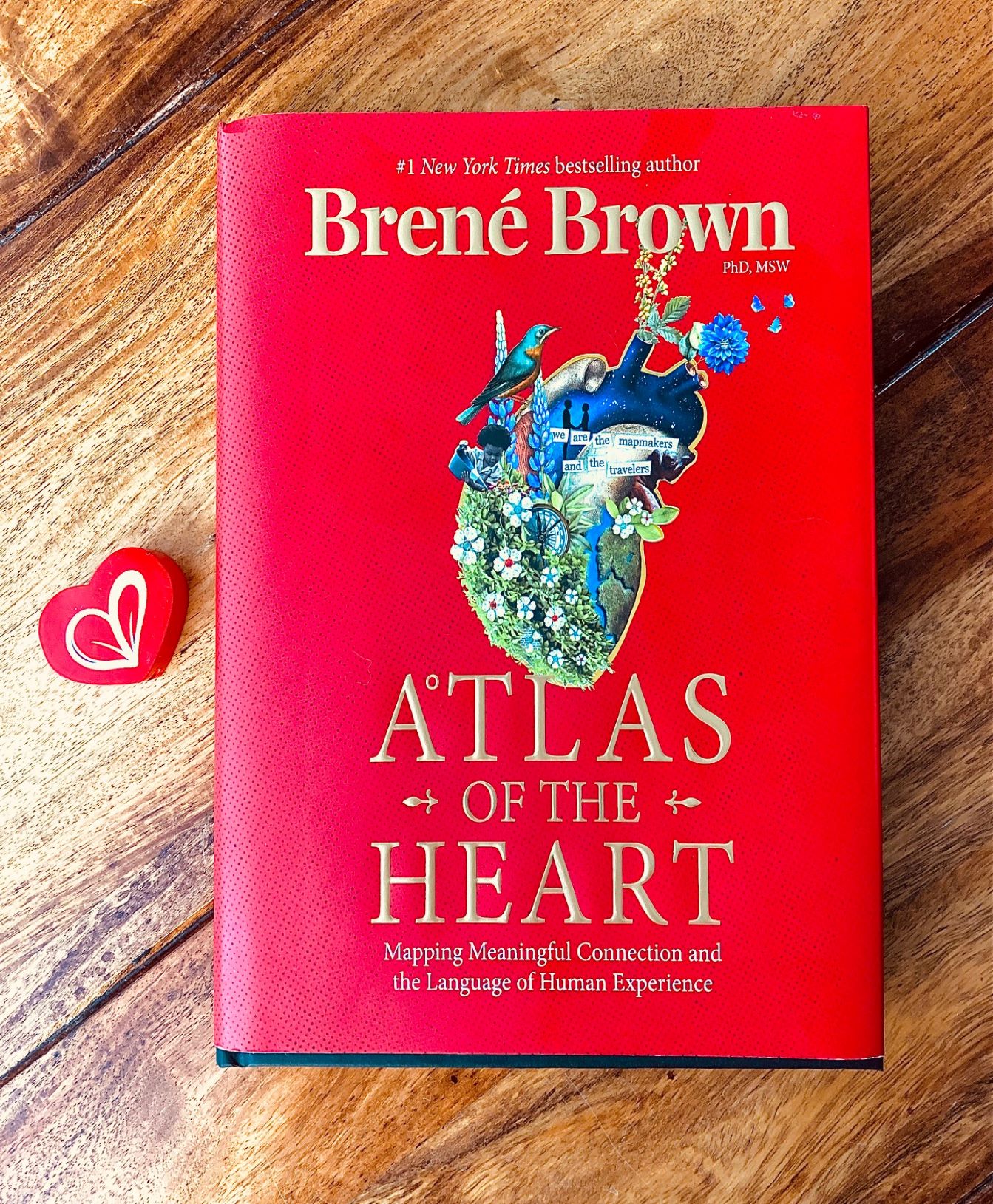
I’m not quite sure what prompted my purchase of Dare to Lead by Brené Brown, perhaps I saw it listed on some leadership book list and decided I needed to take the plunge. I read a few pages when I first got it, and then quickly abandoned it for more fun (fictional) pursuits. Right before Christmas I received her newest title Atlas of the Heart: Mapping Meaningful Connection and the Language of Human Experience, which regardless of your feelings towards her as an author, is a gorgeous piece that looks more like a coffee table book than a self-help manual, so that clinched it for me; I decided to read these two books back to back and provide a more wholesome review when they were fresh in my mind. Below is what I’ve come up with after spending a few days soul-searching with this author.

Dare to Lead
Some may find this surprising because leadership books are a far cry from my preferred reading choice of cozy mysteries and Murder She Wrote, but I’ve always been fascinated by excellence in the workplace (shoutout to my Dad here), and Brené Brown’s increasingly popular books and theories piqued my curiosity. Although this book is specifically marketed as a guide to use in one’s career, many of her lessons are applicable in your personal life as well. In fact, her entire premise is that we need to address our emotions inside the office to become a more successful employee, team member, and leader. A term she uses frequently is ‘rumbling’ at work, which essentially means sitting down with someone and having a difficult but honest conversation. She points out that these awkward emotional moments are avoided in the office, but they are critical to team-building and improving one’s performance – how can we improve if no one ever gives or receives constructive feedback? She argues that leaders are responsible for prompting and having these conversations, and need to be open to feedback themselves as well.
Atlas of the Heart
This is a much different book than Dare to Lead as it’s not really directed towards a particular audience. It doesn’t even have a specific goal or promise, as so many non-fiction books tend to do. Instead, this is a very detailed look at 87 different emotions; how we define them, how we may experience them, and how they compare to similar emotions that they are lumped together with. With a better ability to understand and articulate our own emotions, we are better equipped to relate to other people and understand their emotions, which in turn creates deeper connections with others.
Once I got past my initial annoyance that this book repeats word for word stories and examples she gave in other books, I started to really appreciate her tendency towards repetition because when I read it a few times, I was much more likely to internalize it. As I mentioned before this book is formatted in a beautiful way; big glossy pages with coloured graphics, and lots of pages with just one large quote across it. Always mindful of her audience she frequently bolds words or emphasizes phrases on a page to drive home a point. Some readers may find this annoying, and I’ll admit it did wear on me at times, but again, I learned so much more when she drew my focus to particular things it’s something I came to appreciate.
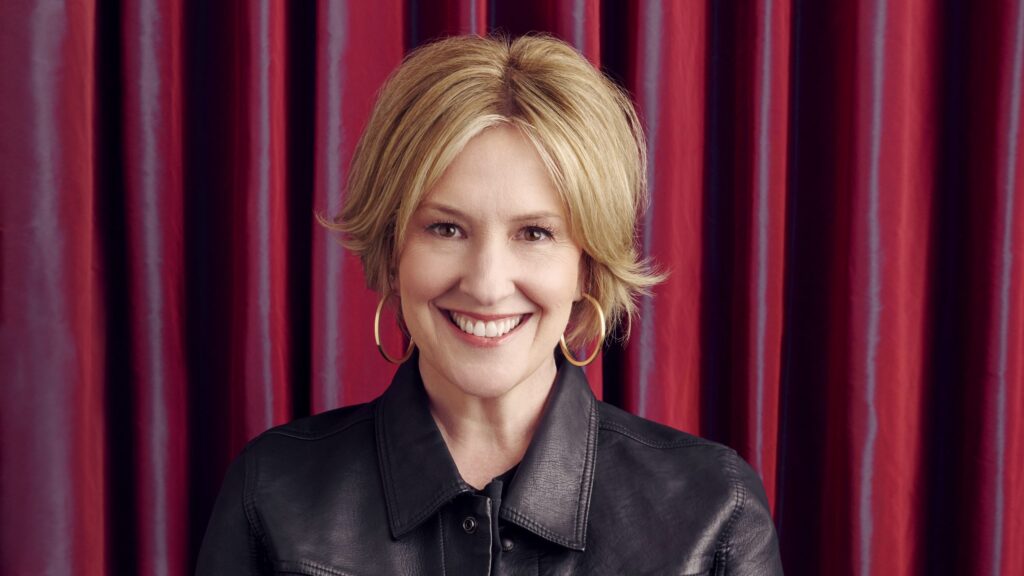
I became accustomed to her voice over the course of reading these two books and I was pleased to discover it was very accessible, direct, and easy to follow along with. Her popular TED Talk includes a joke about how she is a storyteller, and this comes through in her writing as well. She uses stories of past clients, research subjects, and even personal stories in her own life to demonstrate her points, which make her so enjoyable to read, and no doubt contributes to the success of her books and lectures – it’s this mix of stories and theories that makes her a bestselling author. Not a lot of people want to willingly read about this stuff, but once you thrown in some entertaining anecdotes, many about herself personally, this self-help manual turns into a fun and humble examination of what makes us human. It also presents a model of success to the reader; one can learn from other people’s mistakes here, not at their expense, but because they learned to overcome the same things.
I’ll leave you with one of (many) memorable and insightful quotes from Atlas, one that will resonate will book lovers especially:
“Language shows us that naming an experience doesn’t give the experience more power, it gives us the power of understanding and meaning”
-Brené Brown, Atlas of the Heart, p. xxi


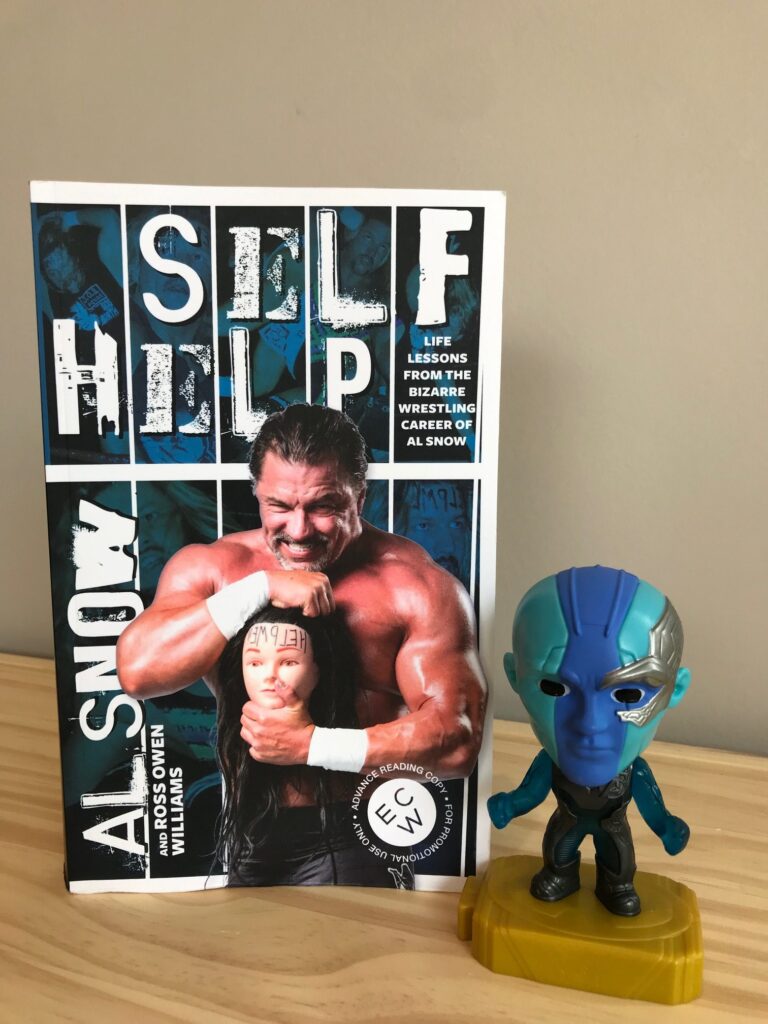
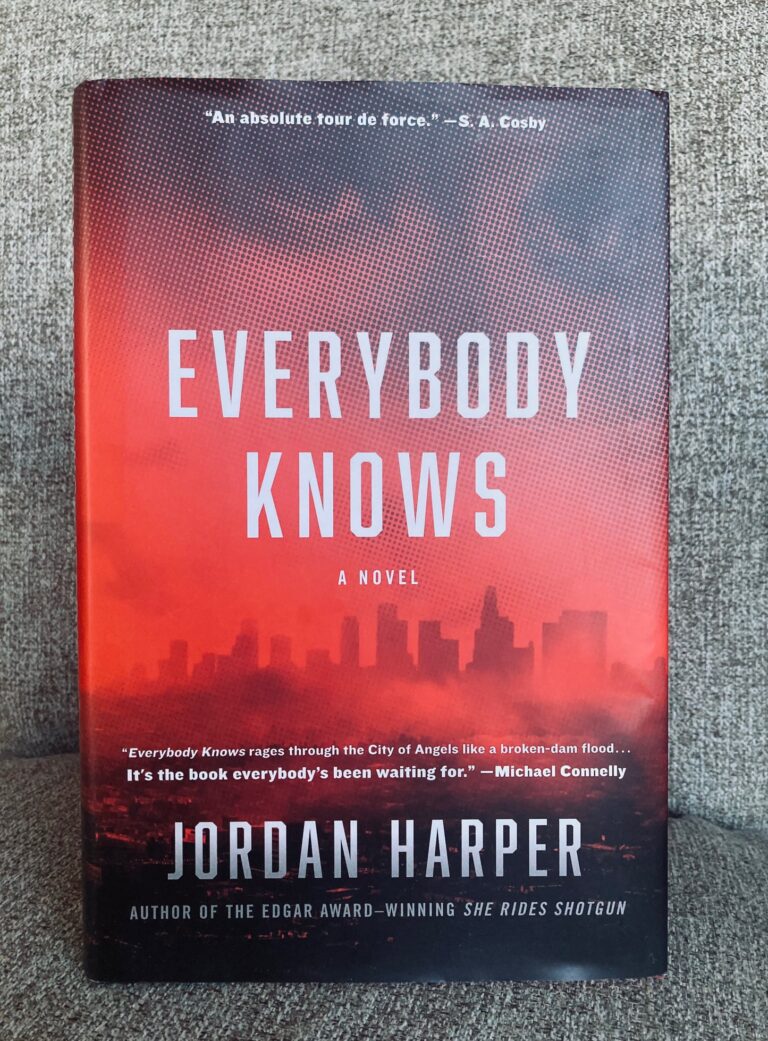

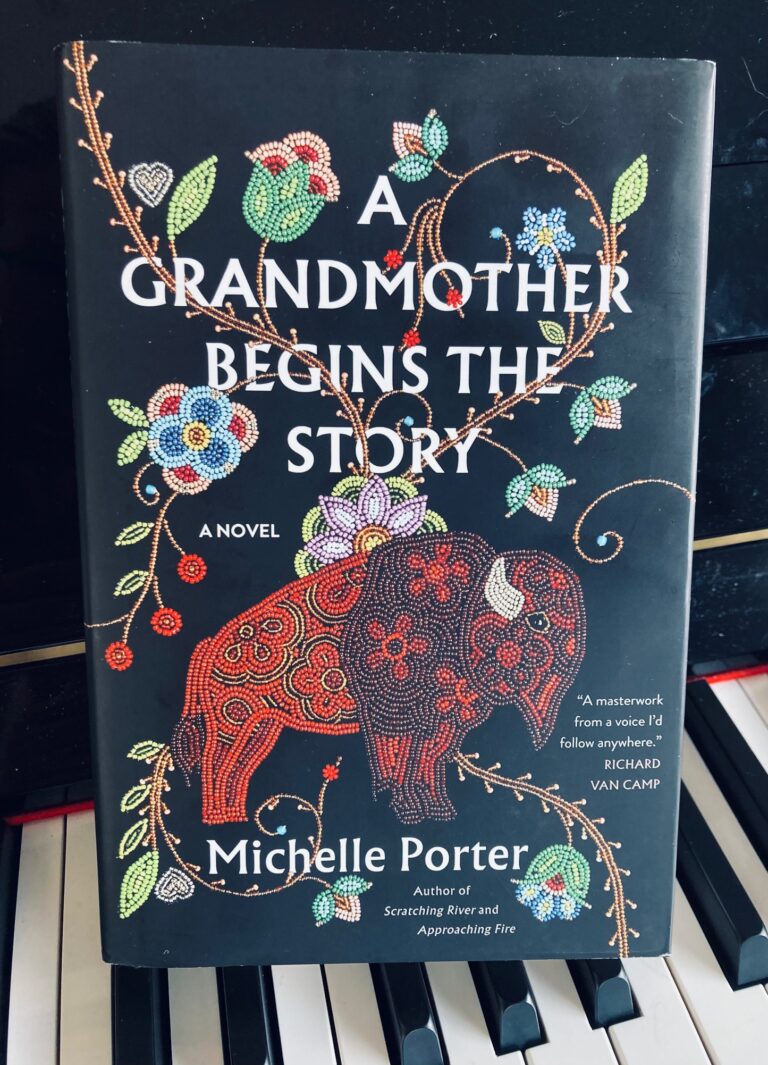

I’ve enjoyed parts of her work quite a bit and have recommended her many times. Maybe she’s not expecting people to necessarily buy/read all of her books, so she’s reconciled herself to repeating some key stories. (I thought about being all smart and bolding some key words in my comment, now that you’re all comfy with that! Heheh)
LOL
Nice review and I couldn’t agree more with this line “is a gorgeous piece that looks more like a coffee table book than a self-help manual” haha anyways… I never intended to read Brene Brown’s books but did it on accident because I had read all the books I had at the moment so my friend brought me over some of hers. Among them were four of Brene’s books, and I am so happy that I ended up reading them and getting her other books as well. We often forget about the books we read, but her’s are certainly ones that will stick with me. Did you manage to read all of the other books? If not, I highly recommend you won’t be disappointed. Thanks for this post :)
I’ve only read a few but I did enjoy them. I also like listening to her podcast episodes with Oprah :)
I would have to check those podcasts out since I like both of those women :D